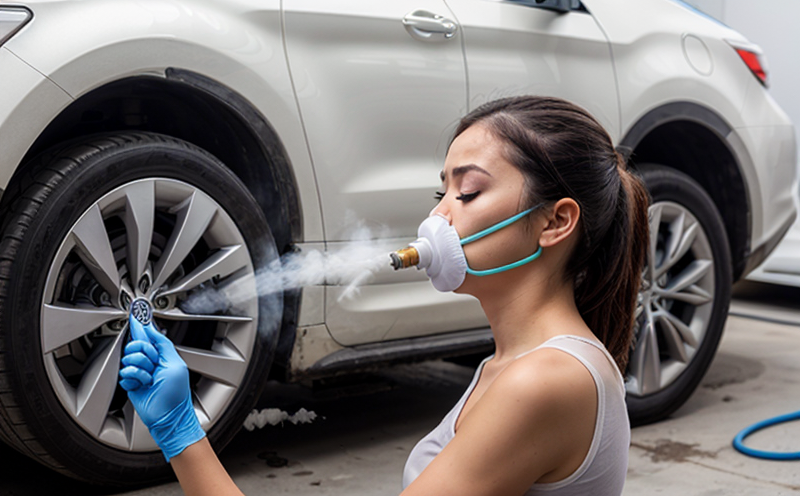DIN EN 15259 Measurement of Stationary Source Emissions
The DIN EN 15259 standard provides a comprehensive framework for measuring stationary source emissions, ensuring compliance with environmental regulations. This method is particularly relevant for industries such as manufacturing, chemical processing, and energy generation. By adhering to this standard, organizations can effectively monitor and manage their environmental impact.
This test measures the emission of pollutants from fixed sources like industrial facilities or large-scale equipment. The primary focus is on quantifying substances that contribute to air pollution, including volatile organic compounds (VOCs), nitrogen oxides, sulfur dioxide, and particulate matter. Compliance with this standard not only helps in meeting regulatory requirements but also enhances a company's reputation for environmental responsibility.
The testing process involves several key steps: first, the stationary source is identified and characterized based on its operational parameters. Then, appropriate monitoring equipment is selected according to the type of emissions expected. Calibration of instruments and sampling techniques are critical to ensure accurate measurement results. After data collection, rigorous analysis is performed using statistical methods to determine compliance with specified limits.
One of the most crucial aspects of this standard is ensuring that all measurements adhere strictly to predefined criteria outlined in ISO standards. This includes considerations for ambient conditions such as temperature and humidity which can significantly affect emission levels. Properly conducted tests provide reliable data necessary for effective management strategies aimed at reducing harmful emissions.
To achieve accurate results under DIN EN 15259, it is essential that the laboratory conducting these analyses employs experienced technicians equipped with state-of-the-art equipment calibrated regularly against internationally recognized standards like ISO and ASTM. Regular audits by independent bodies help maintain high levels of accuracy throughout all testing processes.
Applied Standards
| Standard Name | Description | Relevant Parameters |
|---|---|---|
| DIN EN 15259 | European standard for measuring stationary source emissions. | Pollutant concentrations, emission rates, ambient conditions. |
| ISO/IEC 17025 | International accreditation requirement for testing laboratories. | Calibration accuracy, method validation. |
Why Choose This Test
- Ensures compliance with international environmental regulations.
- Precise measurement of specific pollutants affecting air quality.
- Supports development and implementation of effective mitigation strategies.
- Provides accurate data for continuous improvement efforts within organizations.
Competitive Advantage and Market Impact
- Promotes sustainable business practices leading to enhanced brand reputation.
- Facilitates entry into markets requiring stringent emissions control measures.
- Aids in maintaining regulatory compliance which reduces potential legal risks.
- Encourages innovation through better understanding of emission sources and their impacts.





